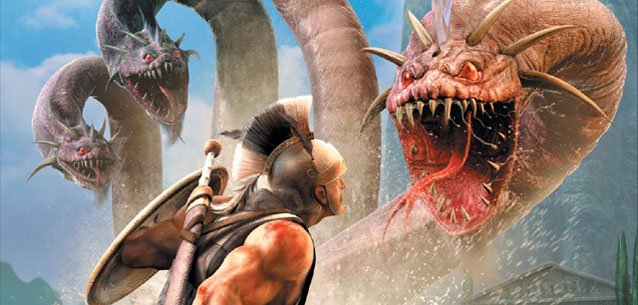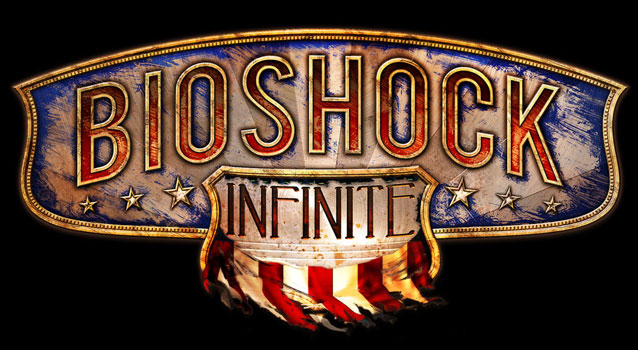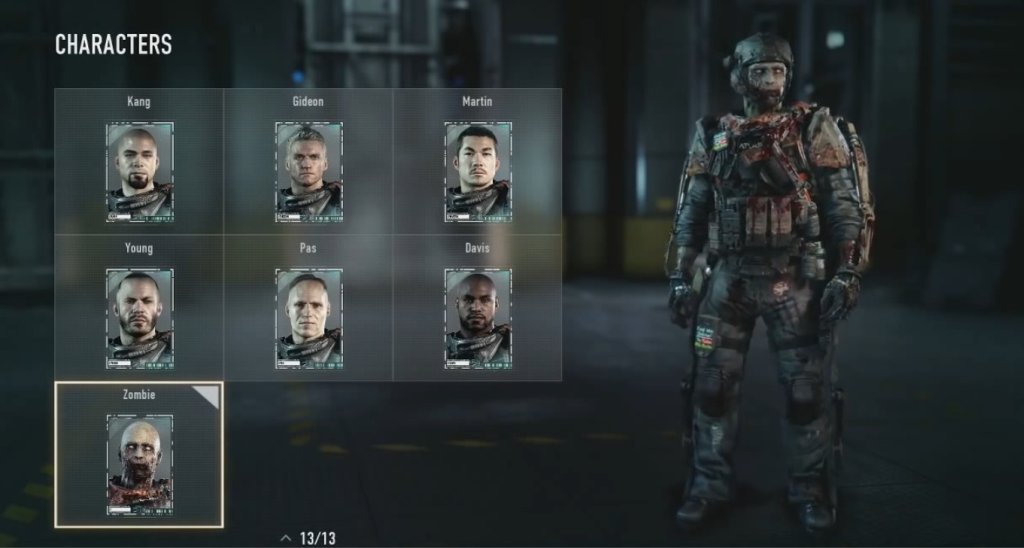

Game Rant’s Anthony Taormina reviews Spider-Man: Edge of Time
Spider-Man, Spider-Man, does whatever a spider can. Which is apparently never star in a successful sequel.
While developer Beenox was able to deliver a compelling multi-Spider-Man experience with Spider-Man: Shattered Dimensions, they took a step back with their sophomore effort, Edge of Time, and tried to create a more intimate, time-bending experience shared by only two Spider-Men. Those Spider-Men in question are the Amazing Spider-Man, the traditional Peter Parker version of the web slinger, and Spider-Man 2099, a more gadget-heavy crime fighter.Of course, you might be asking yourself, how is it possible for Beenox to tell an intimate story that stars two characters that exist in two distinct time periods? Well, there-in lies the rub. You see, in Spider-Man: Edge of Time it has come to pass that Peter Parker, as Amazing Spider-Man, dies as a result of Walker Sloan (a corporate slime ball from 2099’s time) who tampered with time travel. 2099 witnesses this death, vows to stop it, and must team up with a pre-death Amazing Spider-Man to do so – and it only gets more convoluted from there.
There are some clever twists along the way, and the back and forth between two unique versions of Spider-Man (voiced by two classic voice actors for Peter Parker) is entertaining enough, but it is in service of a story that goes nowhere fast. It seemed like developer Beenox started with the death of Peter Parker as a jumping off point, but really didn’t know where to take it after that.
But, full disclosure, a solid story really isn’t what made Shattered Dimensions — the previous Beenox developed Spider-Man adventure — so engaging, it was the mixture of gameplay styles (as well as visual aesthetics) spread across four different Marvel universes. Unfortunately, by cutting the Noir and Ultimate universes from Edge of Time, Beenox also lost their ability to keep things feeling fresh, and their understanding of what makes a multi-Spider-Man title so exciting: the villains.
The villains this round are all mindlessly repetitive and don’t carry one ounce of the creativity that one would expect after Shattered Dimensions delivered around 14 unique villains. But before we get to the villain missteps it’s best to talk first about the journey to the villains, the main meat of the game.
In Edge of Time players will end up repeating rote tasks — like collecting three or four items and then returning them to a hub, or flipping multiple switches before being able to advance — all the while being hindered in their progress by a collection of vaguely similar enemies that require little to no strategy besides mashing the close and mid-range attack buttons. There is an upgrade system like Shattered Dimensions, but there’s really no point in focusing on it because simply using each Spider-Man’s special ability will easily do the trick. Simply fire off the ability, which is essentially a “do not take damage” button, wait for your meter to replenish, and repeat.
There are moments,where the game doesn’t ask players to simply fight through room after room of enemies, and lets Spider-Man do his web-slinging and crawling, but even those sections, while sometimes engaging, lack the spirit of Shattered Dimensions. It’s only the 2099 free-falling sections and portions where one Spider-Man’s actions impact the other’s world that are even remotely exciting and creative, and even those don’t feel nearly as polished or motivated as they could.
Having a time-bending plot at the ready Beenox had some smart ideas, but didn’t know how to make them shine through in anything but pre-determined sequences. Being able to destroy an enemy type or an object, only to have it disappear or change in the future is clever, but it’s all game-driven without any room for choice.
That said, there could have been a shining light at the end of this repetitive title, if Beenox had taken some classic Spider-Man villains and re-imagined them for the Amazing and 2099 universes. Instead it’s all bland mutated versions of familiar villains, who don’t do anything but reinforce the repetition of combat, and are visually uninteresting. It’s actually quite sad, because the one thing the game does have going for it is its design.
Not necessarily the design of the levels — which get retreaded and recycled countless times over — but how the game creates that Spider-Man experience. Being able to crawl across ceilings, web-sling your way across chasms, and simply do the things Spider-Man can do is always a joyous experience, and that’s no different here. But, surrounded by so much plodding, it’s hard to find anything in the game too revelatory or worth wasting a second look on.
For those that like it, though, there is some incentive to replay the game’s 16 or so chapters (the game clocks in at around 8-10 hours), mainly in the web challenges seen in Shattered Dimensions, but your drive to complete them will depend on how hum-drum you found the first play through. After feeling a bit fatigued the first round though, I can’t say going back was high on my priority list.
It’s hard to pinpoint just what went wrong with Spider-Man: Edge of Time. There was a clear decision to make the story more cohesive — take out the disjointed select-a-character-and-go formula — but everything else simply lost its magic. Awfully repetitive objectives, lackluster and minimal boss fights, and, frankly, a lack of effort kept Edge of Time from being anything but another criminally shallow superhero title.
Have you had a chance to check out Spider-Man: Edge of Time? Feel free to share your thoughts in the comments below.
Spider-Man: Edge of Time is available now for the PS3, Xbox 360, and Wii.




 How to Fit Your Excel Spreadsheet to Your Screen
How to Fit Your Excel Spreadsheet to Your Screen How to Fix PlayStation 4 infinite restart loop issue
How to Fix PlayStation 4 infinite restart loop issue How to Unlock Zombies Mode in Call of Duty: Advanced Warfare
How to Unlock Zombies Mode in Call of Duty: Advanced Warfare Gran Turismo 6 vs DriveClub HD Screenshot Comparison
Gran Turismo 6 vs DriveClub HD Screenshot Comparison Singularity – PC Walkthrough
Singularity – PC Walkthrough